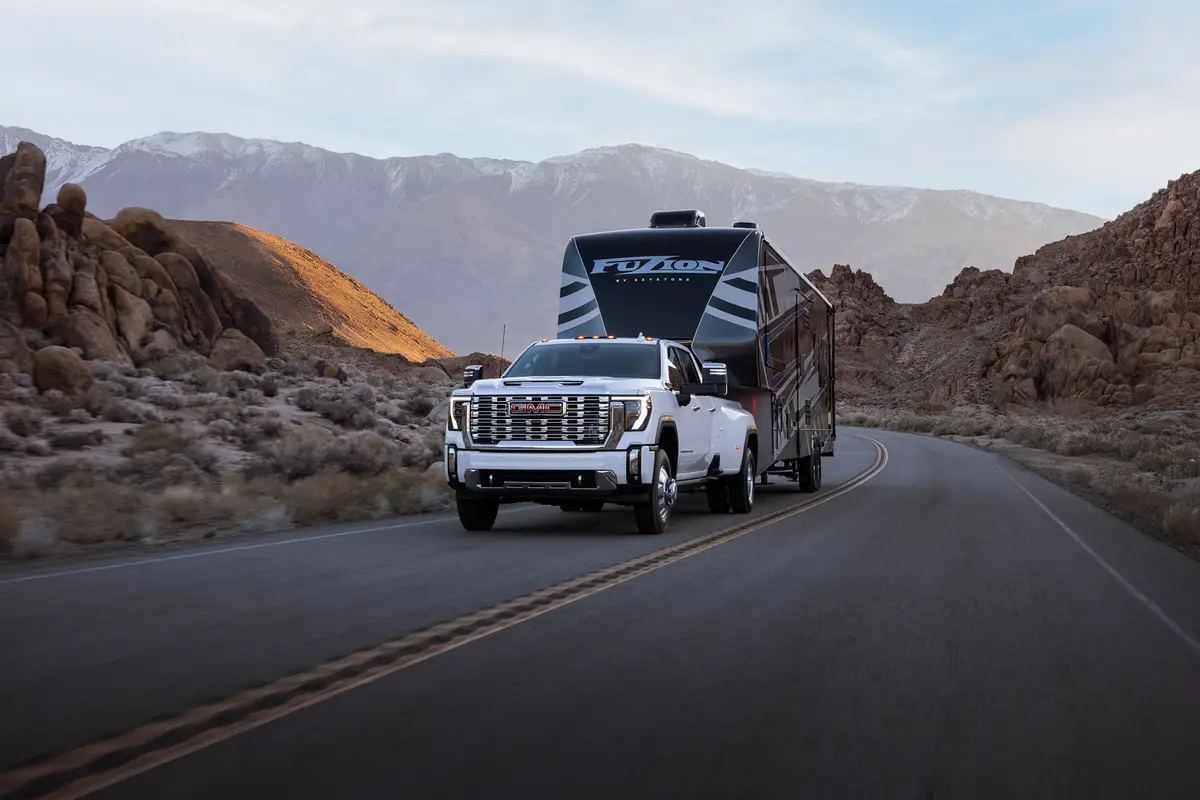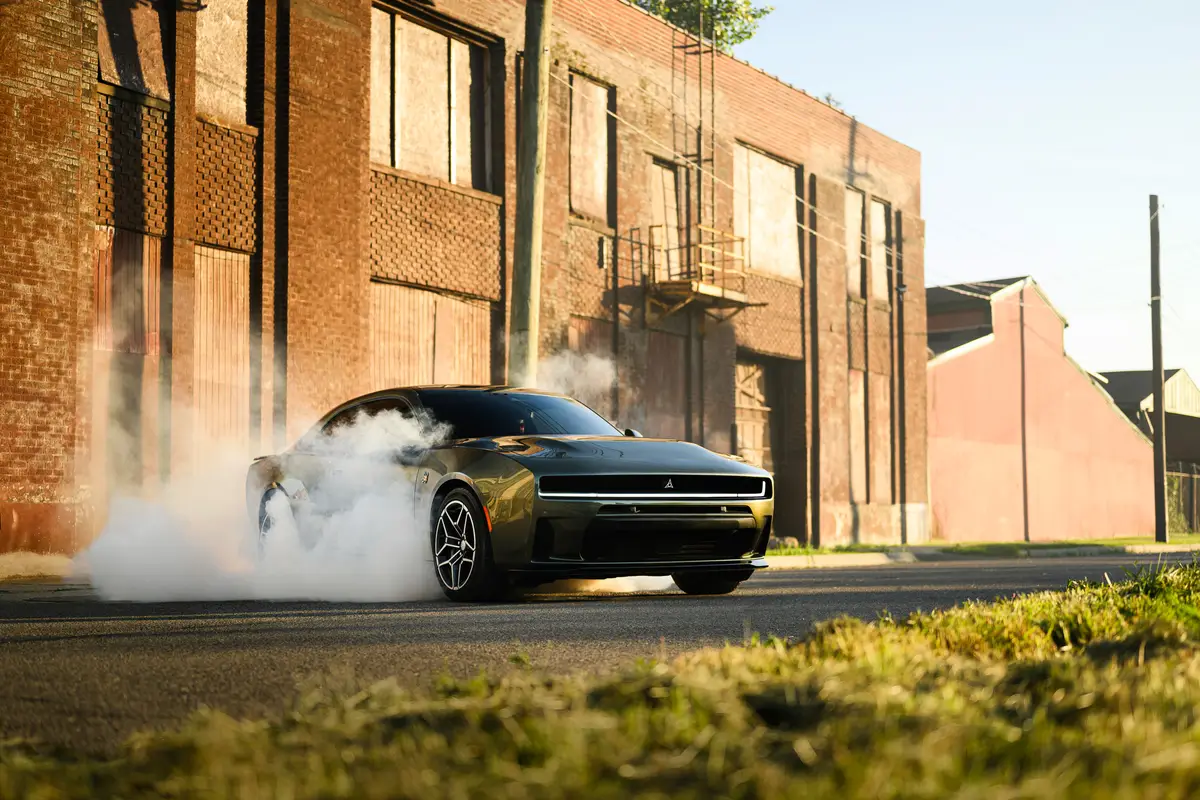The Morning Call and Mcall.com's view
The Dodge Caravan is not only an innovative vehicle but also the most aptly named. One definition of caravan is a company of travelers. The Caravan fills that definition. In the name, itself, it is also easy to pick out ”car” and ”van” and that tells the story of this all-new, front-wheel drive, family-type vehicle.
Here is a combination passenger car and van that is a product of the times. With the downsizing of vehicles over the past couple of years, it was only a matter of time until the van was shrunk into a more practical and economical vehicle. For large families it is none too soon since big station wagons have been rapidly disappearing. Right now, Chrysler Corp. is the only American automaker offering such a vehicle but you can bet it won’t be too long before other manufacturers jump into this market.
The test Caravan – supplied by Keystone Dodge, 2350 Lehigh St., Allentown – was easy to drive, easy to take and received its share of favorable comments. Since there aren’t a lot of them around, either on the road or dealers’ lots, for many this was their first look at one. Since it is so unique looking (doesn’t really look like a car and doesn’t really look like a van) it isn’t hard to miss.
The Caravan has a wheelbase of 112 inches, overall length of 175 inches, width of 69.6 inches, height of 64.2 inches and weighs in at 2,911 pounds. Unlike a conventional van, it does have a good-sized hood which houses the transverse-mounted four-cylinder engine and transaxle. Since the powertrain is mounted in front (instead of inside) the passenger compartment is large and space efficient.
The test vehicle was a five passenger model with two individual seats up front, a bench seat amidships and a large cargo area in the rear. Even if it carries five passengers it is still able to carry 250 pounds of cargo. If you want to carry more cargo, the back seat can be removed (it has quick release latches for easy takeout) and the Caravan can be loaded to your heart’s content. With a cargo floor length of 81.8 inches (with seat removed) and width between the wheelhousing of 48.2 inches, large objects can easily be loaded. The large rear door that swings up and the side sliding door makes loading convenient
The Caravan is also available as a seven passenger model – two seats up front, a two-passenger bench seat in the middle which allows passengers to get to the rear and a three-passenger rear seat. With seven passengers it is rated for 150 pounds of cargo. For hauling, both the middle and rear seat can be removed.
As a side note, the Caravan also is available in a commercial version known as the Mini Ram Van, able to handle a 1,700 pound payload in its 129 cubic feet of cargo space. It has a 10-foot load length along its right side without the passenger seat and nearly seven feet from the back of the driver’s seat to the rear door. It is easy to see that t he Caravan will not only appeal to commercial users but to the street van youth market and recreational vehicle enthusiasts, who will no doubt see many possibilities for converting it to their own specific needs.
Vans and big station wagons aren’t particularly noted for being streamlined, but the Caravan has been put through the wind tunnel and features aerodynamic styling. The most noticeable is a windshield that is raked 55 degrees and along with a steeply sloping hood it has a coefficient of drag of 0.42, the lowest of any wagon produced in United States.
The test vehicle was powered by the standard engine – the 135-cubic-inch four – with an optional three-speed automatic transmission. The engine is a Chrysler developed and manufactured unit which is used in several versions of other Chrysler vehicles. The Caravan engine features a two-barrel carburetor, a 9:1 compression ratio and is rated at 101 horsepower at 5,600 rpm and 121 foot pounds of torque at 3,600 rpm. It provided adequate, though far from startling, power for all Lehigh Valley driving conditions. The standard transmission for this engine is a five-speed manual. If a person can shift, it is the only way to go. It doesn’t take an automotive engineer to figure out that five gears can give an engine more versatility than three gears. Also, since the five-speed manual has two overdrive gears (fourth is 0.88:1 and fifth is 0.72:1) fuel mileage should also be better.
Despite the limitations of the automatic transmission, fuel mileage wasn’t that bad. The test vehicle averaged 16 miles per gallon for city driving and 24 mpg over Lehigh Valley highways. The test vehicle had the optional 20 gallon gasoline tank (a 15 gallon tank is standard) which meant it could go a long way between fuel stops.
The Caravan is also available with an optional engine – the Mitsubishi 156-cubic-inch four, rated at 104 horsepower at 4,800 rpm and 142 foot pounds of torque at 2,800 rpm. The horsepower isn’t that much more than the standard engine but it has a good deal more torque. This engine, however, is only available with a three-speed automatic.
One of the outstanding features of the Caravan is its traction. Anyone who has ever driven a conventional front engine/rear drive van knows that traction is somewhat limited. In fact, in many cases, traction is the pits. But the Caravan has everything up front and should prove to be a good vehicle for winter weather, at least a lot better than a convention van. The test Caravan was not driven in snow (despite my praying for it) but it was driven in heavy rain and didn’t exhibit any bad habits.
The Caravan still handles and rides more like a van than a car. In other words, you don’t throw it around the corners like a sports car or even like a family sedan. Since it, along with the driver, sits high, visibility is quite good. The suspension features a new dual-path ”Iso-strut” front system with heavy duty coil springs and a new ”tube and casting axle” rear suspension with leaf springs is used. According to Dodge, its one-piece strut assembly tower has new jounce bumpers and isolator bushings which create separate paths to isolate noise and vibration. This must be, since the Caravan was a quiet- running vehicle with a decent ride.
Full price for the test vehicle, a middle-of-the-line Special Edition model, was $9,836. This price included a base of $8,859, destination charge of $398 and four options: automatic transmission, $439; dual remote control outside mirrors, $67; 20 gallon fuel tank, $43, and P195/75R14 steel-belted radials, $30. The test vehicle was obviously not a loaded-down vehicle but it did feature a nice level of trim and appointments, especially the cloth upholstery and carpeting.
Latest news



